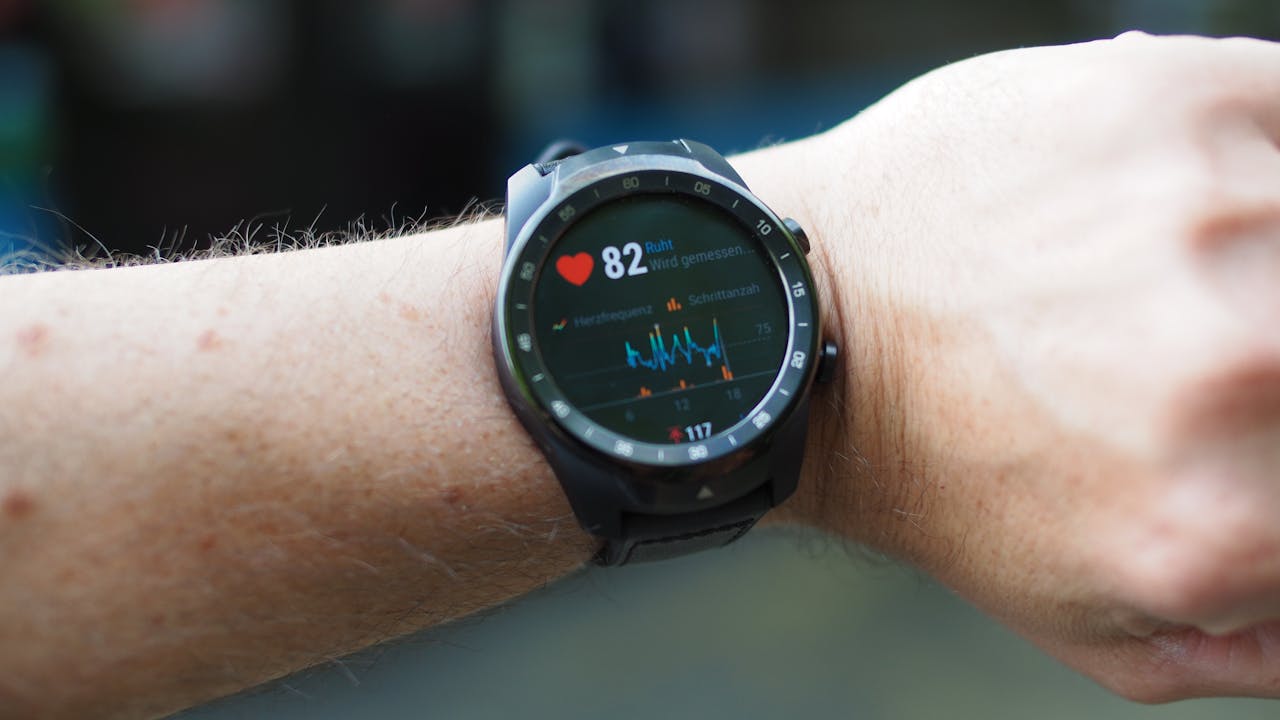Resting heart rate (RHR) is an important and often misunderstood health indicator. It’s easy to get transfixed on a random number and work to get it lower. However it’s often more complicated than that. Our hearts beat faster when we exercise and being aware but not obsessed with your heart rate and recovery time helps you plan and organise your training more effectively.
Generally, elite or accomplished athletes and sports people have much lower resting heart rates than the average population. Even more skill based sports like golf are placing much greater emphasis on fitness and conditioning. Five time grand slam winner Rory McIlroy’s average Resting Heart Rate went from 55 beats per minute to 49 bpm in March 2025. Usain Bolt’s resting heart rate was reputed to be around 33 bpm.
What’s the average resting heart rate?
There isn’t a specific number that everyone should be aiming for when it comes to RHR. There’s a range that can be considered normal, and your level of physical fitness will usually determine whether you’re at the upper or lower end of that bracket.
‘The average resting heart rate in the general population,’ says Dr Augustine, ‘will vary between 60-100 beats per minute (bpm). I think it’s fair to say that the lower that is, generally the fitter you are. In those that exercise, I’d expect resting heart rates to be much closer to 60 bpm, and it’s not uncommon for recreational runners to have resting heart rates in the 40s.’
Should you worry if your resting heart rate is higher or lower?
It’s important not to get too hung up on the number provided you feel well in yourself otherwise. But if your heart rate is at its resting level and you don’t actually feel rested, the advice is to talk to a medical professional.
‘If you’re having abnormal symptoms at rest, such as disproportional breathlessness, you need to get it checked out,’ he says. ‘Another concern would be people with heart rhythm disturbances who get disproportionately high heart rates for the level of exertion they’re putting in. For example, where you’d expect their heart rate to be about 140, it’s at 180, and it stays high for a while after they stop exercising or reduce their exercise intensity. We also shouldn’t feel dizzy or faint as we are exercising, particularly as we increase the intensity of exertion. So, if this is happening, it’s something to get checked out.
Dr Augustine adds that people with a low resting heart rate who feel dizzy or faint should also seek medical attention. ‘Feeling dizzy or faint is unusual and you should seek advice. So I worry more about symptoms accompanying heart rate rather than just the number itself.’
What factors affect on your resting heart rate?
Gender
Women’s hearts usually beat a little faster than men’s, simply because of the physical differences between the genders. That’s largely driven by the difference in size between men and women – female hearts are slightly smaller, so they beat a bit quicker to get to the required cardiac output.
Age
When you’re an adult, the resting rate doesn’t vary much with age. Instead, your peak heart rate that is more likely to change over time.
As a general rule of thumb, as we get older our peak heart rate drops. If you’re 40, your peak heart rate should be around 180. By the time you’re 90, that will reduce to around 140.
The equation “220 minus your age” was first written in the 1970s and not intended to be applied strictly, as it has faults. In younger people, it probably overestimates what your peak heart rate should be. In older people, it probably underestimates what your peak heart rate should be.
Nutrition, sleep and stress
Anything that upsets our physiology – whether that’s poor nutrition, lack of sleep or physical and emotional stress – can impact our resting heart rate and cause it to be higher.
How to help your RHR to go down
If you want to lower your RHR, the good news is that regular running can help you. There’s not one thing on its own, but exercise will certainly help. Generally getting fitter with aerobic exercise will lower most people’s resting heart rate, depending on how much they’re doing.
Strength training improves heart health by strengthening the heart muscle, which can lead to a lower RHR over time as the heart becomes more efficient. A strong, well-trained heart pumps more blood with fewer beats, so a person who does regular strength training and other exercises may have a resting heart rate between 40 and 60 bpm, while the average is 60 to 100 bpm.
What is your resting heart rate and what should it be? The lowdown for runners

